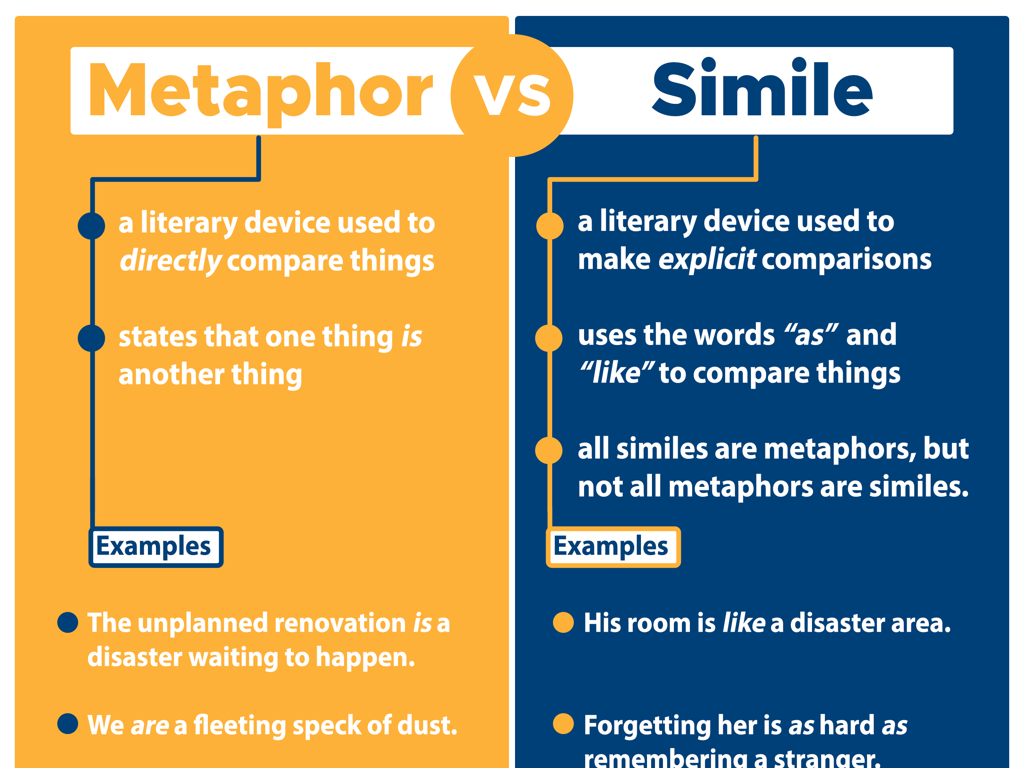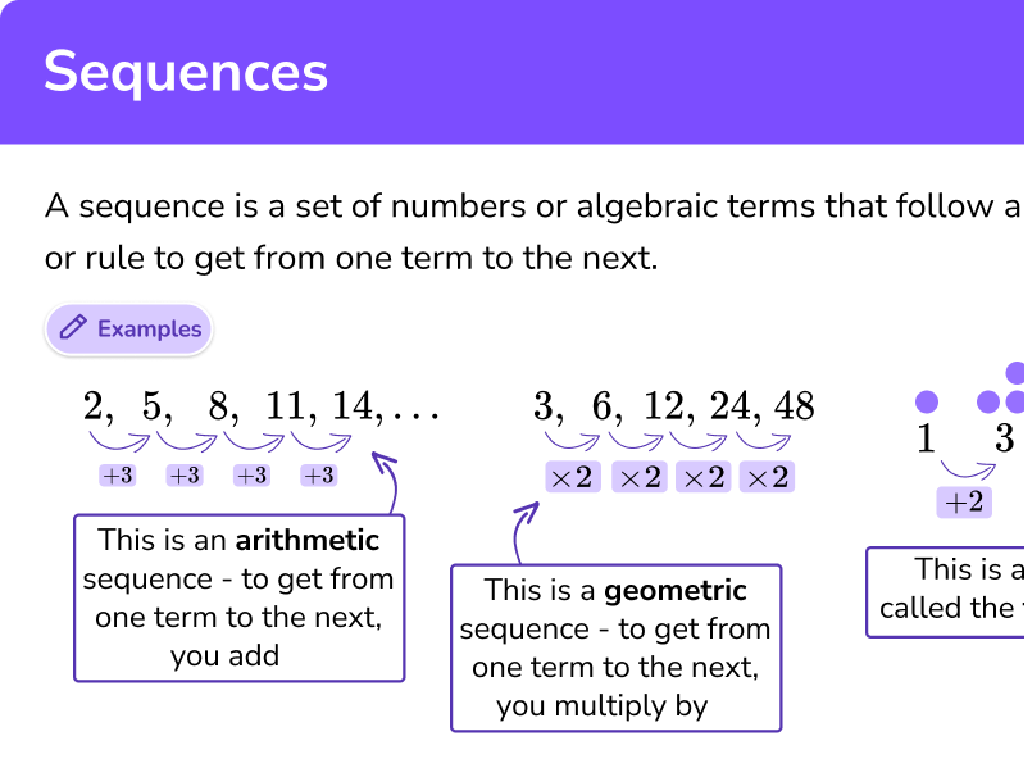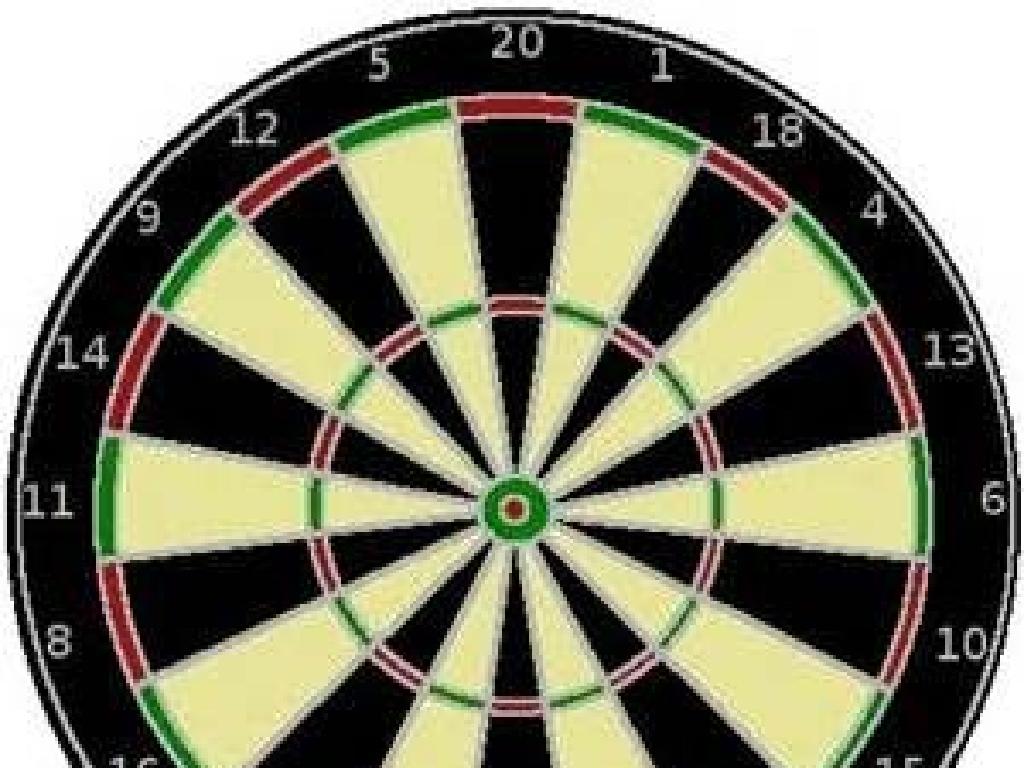Show Numbers On Frames - Up To 5
Subject: Math
Grade: Kindergarten
Topic: Counting To 5
Summary: Introduce Kindergarten students to numbers 1 through 5 using engaging number frames and hands-on activities. This math lesson helps children visualize counting by filling frames with dots to match each number, reinforcing one-to-one correspondence and number recognition. Through group games, finger counting, and interactive tasks like dot stickers and drawing, young learners build a solid foundation in early numeracy. Perfect for developing math confidence through visual learning and fun classroom practice.
Please LOG IN to download the presentation. Access is available to registered users only.
View More Content
Welcome to Counting!
– Greet our little mathematicians
– Today’s focus: Learning numbers!
– Understanding the number 5
– Number 5 is after 4 and before 6
– Show number 5 with fingers
– Hold up one hand, all fingers out
|
This slide is designed to introduce Kindergarten students to the concept of numbers, with a focus on the number 5. Start the lesson with a warm greeting to make the children comfortable. Explain that today’s lesson is about understanding and recognizing numbers, especially the number 5. Ask the students if they can show the number 5 using their fingers, which helps them relate to the concept physically. Demonstrate by holding up one hand with all fingers extended. Encourage each student to do the same. This activity not only teaches them the number 5 but also helps with their fine motor skills. Make sure to walk around the classroom to assist any student who may be struggling and to provide positive reinforcement as they learn.
What Are Numbers?
– Numbers help us count
– Numbers tell us how many things there are
– Numbers are used daily
– Counting 1 to 5 together
– We’ll practice counting with fun examples
– Numbers on frames up to 5
– Visual frames show each number 1, 2, 3, 4, 5
|
This slide introduces the concept of numbers to Kindergarten students, emphasizing their role in counting and everyday use. Start by explaining that numbers are symbols we use to tell us how many of something we have. Reinforce the idea that numbers are a part of our daily lives, from counting toys to knowing our age. Engage the class in counting out loud from 1 to 5 together, making it interactive and fun. Use visual aids like number frames to show the quantity each number represents, which helps in visualizing and understanding the concept of numbers. Encourage the students to draw their own number frames for each number up to 5 as a class activity.
Understanding Number Frames
– Frames help visualize numbers
– Each spot represents one item
– A full frame shows number 5
– Like five apples in five baskets
– Practice with different objects
– Use toys or stickers to fill spots
|
This slide introduces the concept of number frames to Kindergarten students, which are tools to help them visualize and understand numbers up to 5. Explain that each spot in a frame represents one item, and a full frame has all spots filled, showing the number 5. Encourage students to practice with physical objects such as toys or stickers to fill the frames and recognize the number of items visually. This hands-on activity aids in developing their counting skills and number recognition. During the activity, walk around the classroom to ensure each student is engaging with the materials and correctly identifying the numbers.
Counting with Frames: Up to 5
– Fill frames with dots
– One dot represents number 1
– A single dot in a frame shows the number 1
– Two dots represent number 2
– Two dots in a frame show the number 2
– Fill in the frame for number 3
– Can you place three dots in a frame?
|
This slide is designed to help Kindergarten students visualize the concept of counting using frames. Start by explaining that each dot in a frame represents one unit. Show them how to count dots up to number 2. Then, challenge the students to fill in a frame for number 3 on their own. Provide frames with one and two dots filled in as examples. For the activity, have different frames ready for students to fill with the correct number of dots, up to 5. Encourage them to count aloud as they place each dot. This hands-on activity will reinforce their understanding of numbers and counting.
Showing Number 1 on a Frame
– Visualizing number 1
– One spot is filled on the frame
– A frame with multiple spots; only one is filled
– Recognize the single dot
– The dot represents the number 1
– Can you point to the dot?
|
This slide introduces the concept of representing numbers on a frame, starting with the number 1. The frame is a visual tool that helps children understand the concept of quantity and counting. Show a frame with several empty spots, but only one spot should be filled with a dot to represent the number 1. Ask the children to identify and point to the dot. This activity helps to reinforce their understanding of ‘one’ as a quantity and begins to familiarize them with the use of frames for counting. Encourage the children to draw their own frame and dot during the activity to further solidify the concept.
Learning Number 2 with Frames
– Visualize number 2 on a frame
– Two spots filled with dots
– Look, one dot, and another makes two!
– Count the dots out loud
– One, two. That’s how we count to two.
– Understanding the concept of 2
|
This slide is aimed at helping Kindergarten students visualize and understand the number 2 using a frame with dots. Show a frame with two filled spots to the class, and guide them to see that there are two distinct dots. Encourage the students to count the dots out loud together to reinforce the concept of the number 2. This activity helps in developing their counting skills and number recognition. Make sure to praise their effort as they count, and correct gently if they make a mistake. The goal is to make them comfortable with numbers and to understand that the number 2 represents two items or dots in this case.
Learning Number 3 with Dot Frames
– Number 3 on the frame
– A frame with 3 dots shows the number 3
– Counting dots together
– Point and count the dots aloud: 1, 2, 3
– Each dot represents one
– Celebrating our counting
– Give yourselves a clap for counting to 3!
|
This slide is focused on teaching Kindergarten students to recognize and count the number 3 using a dot frame. Start by showing a frame with three dots and explain that this represents the number 3. Then, engage the students by counting each dot together out loud, ensuring they understand that each dot is one count. After counting, praise the students for their effort and reinforce their success in learning to count to 3. This activity helps to build their number recognition and counting skills in a fun and interactive way.
Learning Number 4 with Frames
– Four dots fill the frame
– Counting the four dots
– Let’s count together: 1, 2, 3, 4
– Show four fingers
– Hold up four fingers, like four dots
– Understanding the number 4
– Number 4 means one less than 5
|
This slide is designed to help Kindergarten students visually understand and count the number 4. Start by showing a frame with four dots and encourage the children to count them aloud together. This reinforces their counting skills and number recognition. Next, ask the students to show four fingers, making a connection between the dots they see and their own fingers. This physical activity helps them internalize the concept of the number 4. Lastly, explain that four is one less than five to build their understanding of number sequencing. During the activity, walk around the classroom to ensure each student is participating and understanding the concept.
Learning Number 5 with a Full Frame
– A full frame represents 5
– Every spot has a dot
– Counting dots together
– Let’s count: 1, 2, 3, 4, 5!
– Recognizing the number 5
– Number 5 has five dots
|
This slide is designed to help Kindergarten students visually understand the concept of the number 5 using a full frame. A full frame with all spots filled signifies the number 5. Encourage the students to count each dot on the frame out loud, reinforcing their counting skills. This activity helps in recognizing the number 5 and understanding that it corresponds to five items. For the activity, you can use physical frames with dots, stickers, or a drawing on the board. Make sure to count along with the students, pointing to each dot as you go to visually reinforce the number. After counting, ask the students to show five fingers or pick five objects to further solidify the concept.
Let’s Practice Counting with Frames!
– Fill in frames with dots
– Show numbers 1 to 5
– Example: For number 3, place three dots in the frame
– One dot per spot
– Practice makes perfect
– Keep practicing to get better at counting!
|
This slide is an interactive activity for students to practice counting using frames. Provide each student with a frame template that has spots for dots. Instruct them to place the correct number of dots in the frames to represent numbers from 1 to 5. Emphasize that each spot should contain only one dot to ensure they understand the concept of one-to-one correspondence. As they work, circulate the room to offer guidance and encouragement. Possible activities include using stickers, stamps, or drawing dots to fill the frames. This hands-on activity will help solidify their understanding of counting and number representation.
Frame Filling Fun!
– Let’s fill frames together
– Take turns adding dots
– Fill frames for numbers 1-5
– Use frames to visually represent numbers
– Can we fill all the frames?
|
This class activity is designed to help Kindergarten students understand the concept of numbers and counting through a hands-on experience. Each student will take turns to place dots in frames that represent the numbers 1 through 5. This visual and interactive method helps solidify the concept of quantity and counting. Teachers should prepare frames with spaces for up to 5 dots and provide a sufficient number of dot stickers or markers. Possible activities include: 1) Counting aloud as a group while filling the frames, 2) Matching number cards to the filled frames, 3) Having students fill in frames based on number flashcards shown, 4) Encouraging students to create their own dot patterns within the frames, and 5) Asking students to identify the number of empty spaces left in a partially filled frame.





